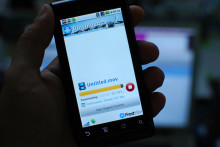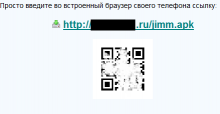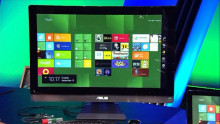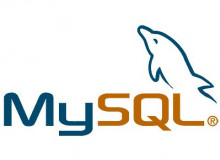Malware Uses Smartphone Accelerometers to Steal Keystrokes
Did you know your smartphone's accelerometer can be used to steal keystrokes from a nearby keyboard?
Using an iPhone 4 and some pirate software they wrote, a team of researchers at Georgia Tech has managed to capture complete sentences from a nearby keyboard with up to 80 percent accuracy.













































































